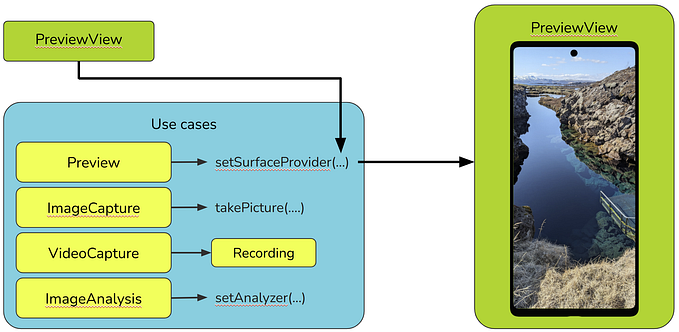The Only Five Effective Ways To Earn Money Through Your App

There are five reasonable models for earning money through your app. If you try anything else, you’ll hit resistance and you’ll lose your customers’ goodwill — ultimately resulting in Google and Apple noticing poor customer engagement, and your demotion in store listings.
The five models are:
1. Paid-for app
Eg: Minecraft
Set a price to download and install your app. This has the benefit of being simple to set up — it doesn’t even require any code — but is not the most user-friendly.
Neither the Google Play store nor the Apple App store offer the user a meaningful way to try out your app before they buy, so users are completely dependent on your description, ratings and screenshots. Mis-readings and miscommunications result in users having incorrect expectations of your app’s functionality, which can result in angry reviews. And depth of feeling is significantly heightened when someone has paid money for something. As a result, whilst this is a valid and fair method of monetising your app, it isn’t the best solution.
2. Ad-supported app
Eg: YouTube
User acceptance of ad-supported apps varies from platform to platform. It is a common and well-accepted paradigm for Android users, but meets with resistance from Apple users, who are generally more used to paying.
From a development perspective, it is relatively straightforward to add adverts into your app. I’ll cover this in depth in another post, but the best platform in almost every case is Google’s AdMob: accounts can be set up for free, revenues are decent, and you have a lot of control over what kind of ads you show.
The amount you earn from ad-supported apps is directly proportional to your number of users. This often results in a “do whatever you can to get more users” mentality which isn’t healthy — after all, your app will be more effective if you limit its target audience, not try to arbitrarily expand it.
3. Freemium app (maybe with ads for free users)
Eg: Google Drive
A freemium app provides limited functionality for free and offers in-app payments for extra features. It is perfectly valid, and well accepted, to use ads to monetise your free product, but ensure ads are removed if a user buys almost anything.
The value of freemium is to be able to spread the word through a large userbase (given that a free product will generate more downloads in total), whilst earning income from those who are willing to pay.

A perfectly balanced freemium app will have around 10% users upgrading, though this is hard to achieve and anything between 3% and 10% is good. If you have fewer than 1%, then you need to add more features to your premium product to make it more compelling, and consider a price reduction.
Your free users are valuable
It is said that a free users can earn you as much as 15%-25% of a paying one. They pass on your app through word-of-mouth, mention it on social media, and potentially also consume ads. Free users need to be nurtured, just as paying ones do.
So if your proportion of paying users is much larger than 10%, then it suggests a good proportion of those unwilling to upgrade are discarding your app rather than sticking with the free features.
Making your free features more compelling would therefore improve your user retention — a statistic vitally important to Google Play particularly. User retention is almost directly proportional to the weight with which Google promotes you above your competitors in the Play Store.
4. Free app with paid content
Eg: Spotify
Apps with paid content are free to download and offer access to a library of content (for example a newspaper subscription) for a payment. The payment should usually be a subscription rather than a one-off.
It’s perfectly valid to offer require payment for access to any content whatsoever (like Netflix) or to offer a cut-down free service (like Spotify).
This is an effective strategy if you either have a large catalogue of content for which it would be reasonable to charge for temporary access (Spotify/Netflix), or if you have content which changes regularly (any newspaper).
5. Free app used to drive sales of your product
Eg: Sonos
Consider what your product is. If you are selling an app-controlled appliance, then your product is the appliance and not the app. So the app should not be chargeable. Getting people to pay £2 / €2 / $2 for an app when they’ve spent 1000 on a smart speaker system will just make you look like a penny-pincher, and will be met with serious resistance.
As a rule of thumb, if your app is used with a product or service that the customer has already paid for, then it should be entirely free (and free of ads, too).
You may pick only one
Only one of the above is suitable for your app. If you try to combine several, it will be met with significant disapproval. For example, placing ads in a paid app will cause users to question your motives. Requesting payment for a newspaper-reading app after already having taken a subscription fee just seems like taxation.
Generally, combining revenue models will decrease your income. Lots of app developers learn this the hard way.
To conclude, the correct revenue model for your app is one of the above. If you have a product of which the app is part, then it should be free. If you have a catalogue of content then use a free app with paid subscription. For almost every other instance, the freemium model will earn the most.








